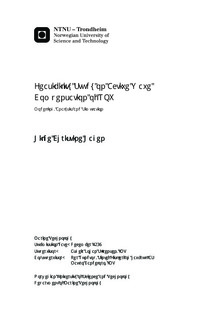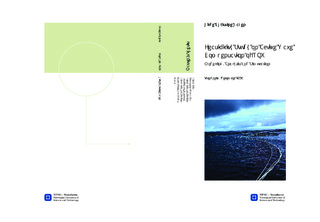| dc.description.abstract | The aquaculture industry is using remotely operated vehicles (ROVs) for maintenance tasks on fish farms. These tasks include, among others, washing of the netpen and visual inspections. These are tedious tasks, and it would be an advantage if the ROVs were controlled automatically instead of manually. Such systems exist in the industry today, but the systems are often designed to operate in deep water. In this thesis the focus lies with Salmon fish farms. These farms are today located at exposed areas to improve the growth environment for Salmon. Exposed locations require more robust maintenance systems as the locations itself are more prone to bad weather and large wave and current loads. When working in the wave zone, the large and highly varying first order wave loads are dominant. To be able to withstand these loads three small sized ROVs will be proposed and investigated. The ROVs are 600 kg, 200 kg and 50 kg.
The ROVs are analysed in Wadam to determine the kinetic properties of the designs. Dynamic positioning systems for the ROVs are suggested and time domain simulations are perfomed in SIMO. Weather data from Rataran fish farm is used to set up the simulation cases. Some alterations was necessary to use the results from Wadam in SIMO, as Wadam assumes surface vessels.
The results illustrate that an operational window for the three ROVs is set by a limiting significant wave height $H_s$ of 2.0 m and a peak period $T_p$ no less than 5 s should be operated in. However, $H_s$ and $T_p$ must be evaluated simultaneously. As some of the simulated cases illustrate, small significant wave heights or larger peak periods can also cause wave loads that are impossible to operate in. | |

